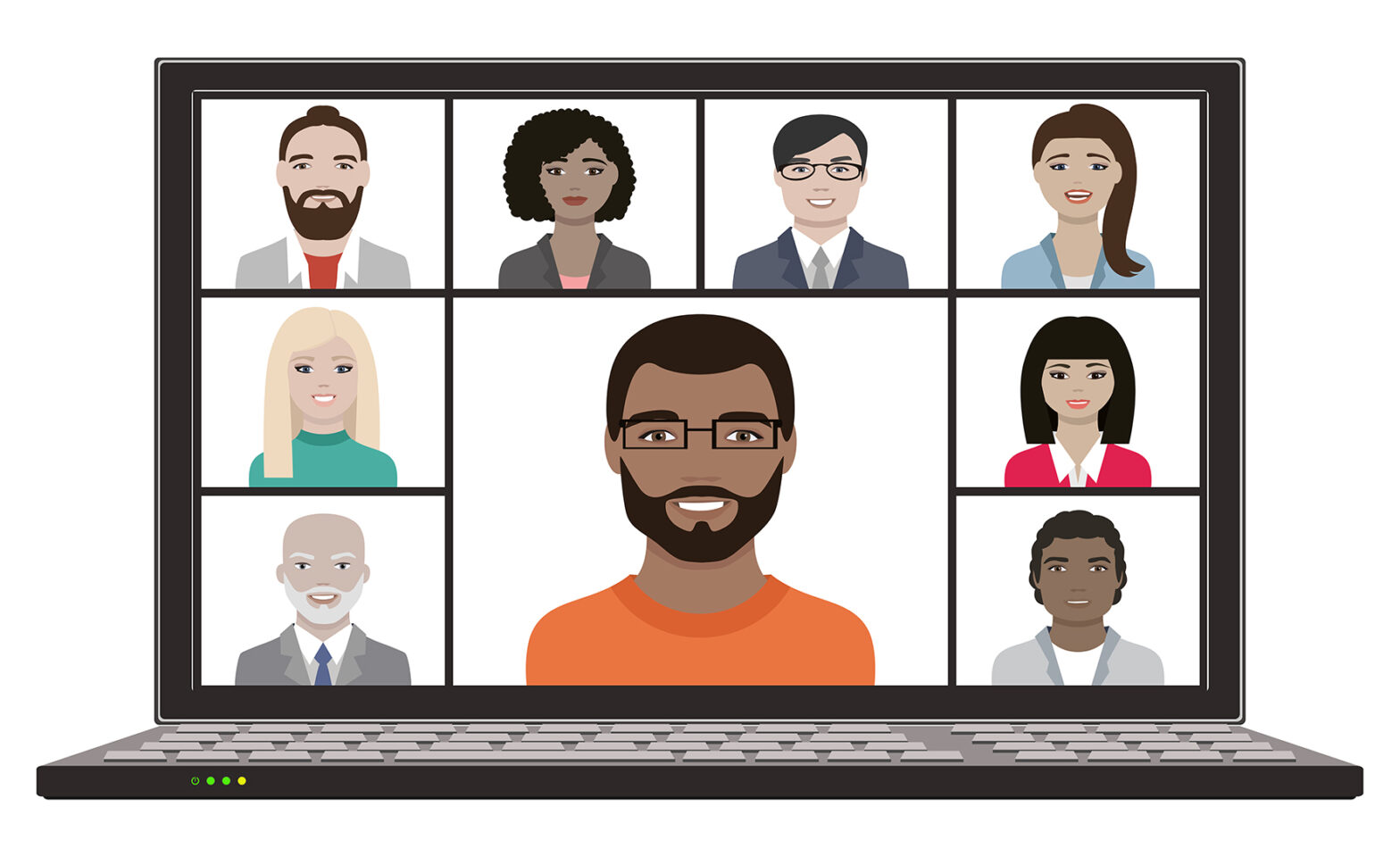For the past three years Intuit QuickBooks, the business accountancy software provider, has staged a two-day QuickBook Connect event in London with thousands of attendees, showcasing the latest advice. Keynote speakers have included Anthony Joshua, Karen Brady and Gary Neville.
This March, because of coronavirus, the two-day event was cancelled days from starting and replaced by a virtual conference, held on March 24.
Through a huge team effort, we were able to create a virtual conference in three weeks – something which would normally take three months.
Our virtual Intuit Quickbooks event attracted over 500 registrants online and gave us valuable insight on how to plan an engaging online virtual event.
>See also: What business owners can learn from Ryanair’s Michael O’Leary
Here are some of our learnings on how to plan an online virtual event:
#1 – Prioritise drawing in a crowd
Give yourself plenty of time to invite and secure attendees. In an ideal world allow at least three weeks, which is enough time to not only put together the content, but also to properly promote the event.
It might seem obvious, but always ensure it is as easy as possible for people to register off the back of any event marketing, which means always including a call to action and a link to your designated site.
Utilise all your social channels to invite attendees and, if you’re looking to draw in a larger audience, consider putting some spend behind adverts on social channels to ensure you’re targeting the right group. Don’t forget, speakers can double as influencers, so make sure they’re sharing the event details on their channels as well.
#2 – Choose a platform that is right for you
Fortunately, there are an abundance of platforms available to host a virtual event. It’s important to choose a platform that is suitable for the scale of your event and what type of content you will be hosting.
For example, for a large all-day conference type event you might consider Brella – which offers multitrack agendas, speakers, sponsors and individual streams – whereas for a smaller roundtable event Zoom might be more appropriate.
Take time and think about your event requirements and what type of user experience you want to create and then choose the platform that can best deliver it, within budget.
>See also: What is CRM and what does it do? Best CRM software for mid-sized businesses
#3 – Troubleshoot problems ahead of time
We’ve all been at an event where the technology has failed speakers. With a virtual event, this simply can’t happen; if it does, it puts the entire event at risk. Conduct test runs with speakers to ensure their sound is working and they’re set up with the best lighting and fastest internet connection. It might seem obvious, but on the day don’t forget to test your internet connection and that of any speakers.
Prepare backups of visuals and presentations in case any embedded files fail on the day. Again, running a rehearsal or test call should help identify any problems.
Bear in mind not all of your guests will be tech savvy, so make sure you share clear instructions on how to log on or access the full capabilities of your virtual event. This is especially important if you’re hosting a more sophisticated event with separate break-out rooms and numerous speakers.
#4 -Engage with your audience creatively
One of the biggest challenges and the million-pound-question when it comes to virtual events is how can you ensure your audience is engaged with the content on show? We are all too familiar of the added distractions of working from home, so it takes something special to engage an audience that isn’t at an in-person event.
‘We’ve seen sommeliers conduct virtual wine tastings, personal trainers teach fitness classes online and chefs are offer cook-a-longs’
One of the obvious ways to do this is to ensure you break up your schedule with opportunities for the audience to participate in the day, whether that is with a live Q&A or a poll.
Businesses are now taking this a step further by coming up with creative ways to bring experiential events to the home. We’ve seen sommeliers conduct virtual wine tastings, personal trainers teach fitness classes online and chefs are offer cook-a-longs; if you want to stand out from the crowd then you have to think of innovative ways to transport your product or service to the home in a fun and interactive way.
#5 – Follow up, but make sure it’s insightful
The last thing you want to do is send attendees a barrage of marketing emails off the back of your event. An alternative way to follow up is by sharing content captured from the event – whether that’s a recording of the event, or top-line insights – and share links to any helpful websites or articles mentioned by speakers.
#6 – A positive attitude goes a long way
As with any event you can prepare to the nth degree, but you never know what will happen on the day, so be prepared to adapt and pivot where necessary.
Going virtual isn’t the death of your event plan. In fact, it could be a once-in-a-lifetime opportunity to innovate your customer engagement and tap into a new and wider audience.
Alicia Skubick is marketing director at Intuit QuickBooks






